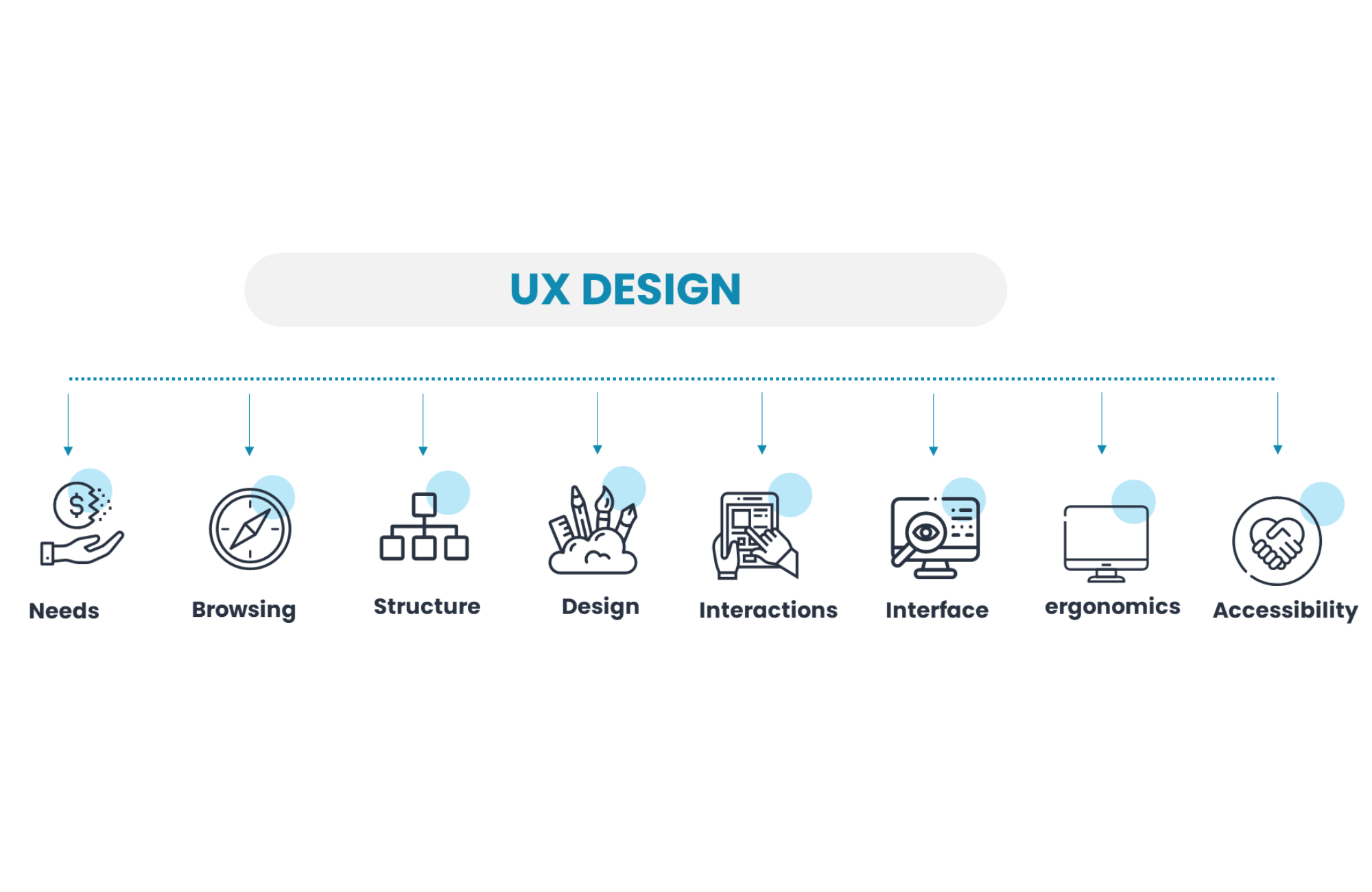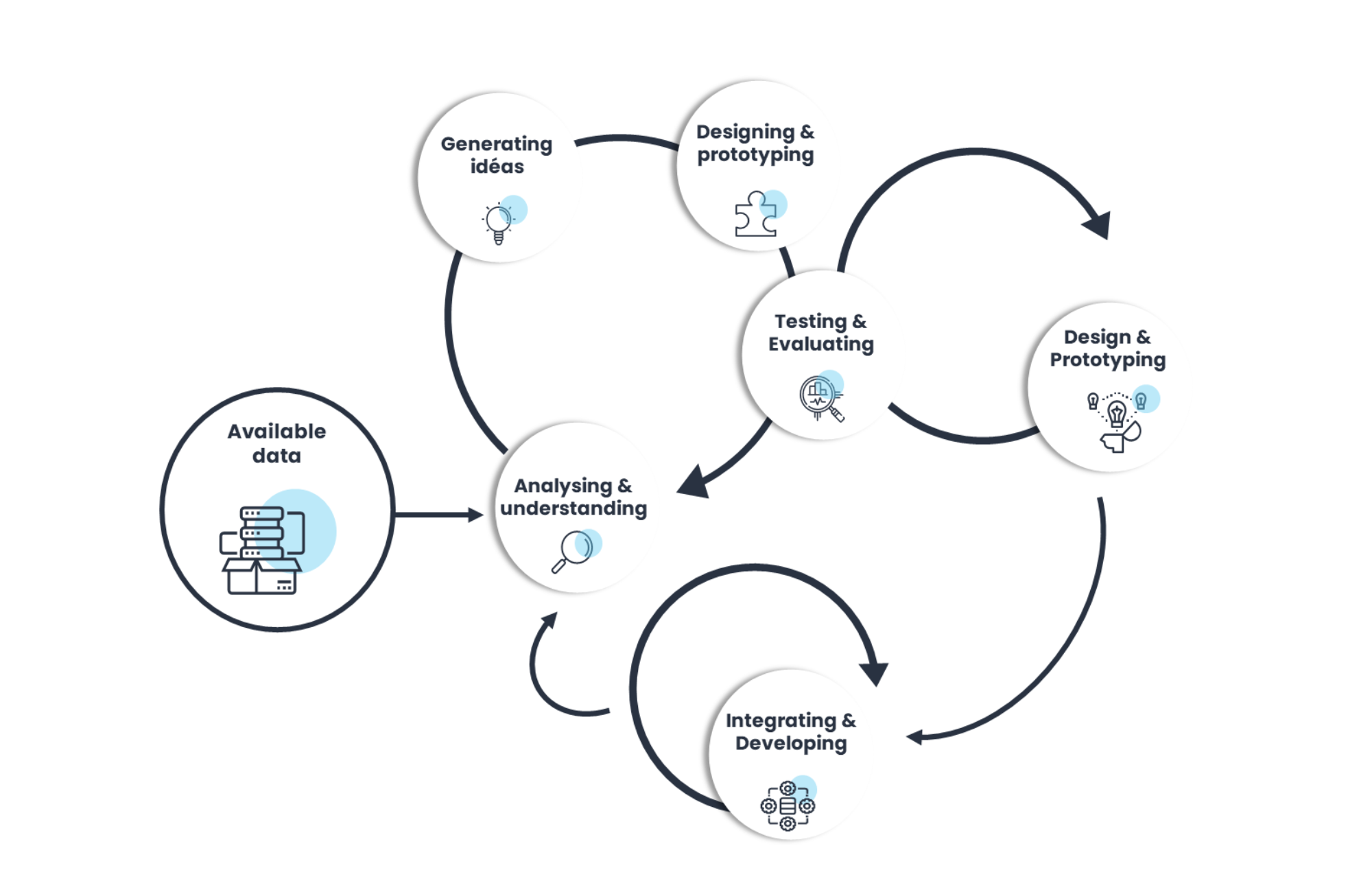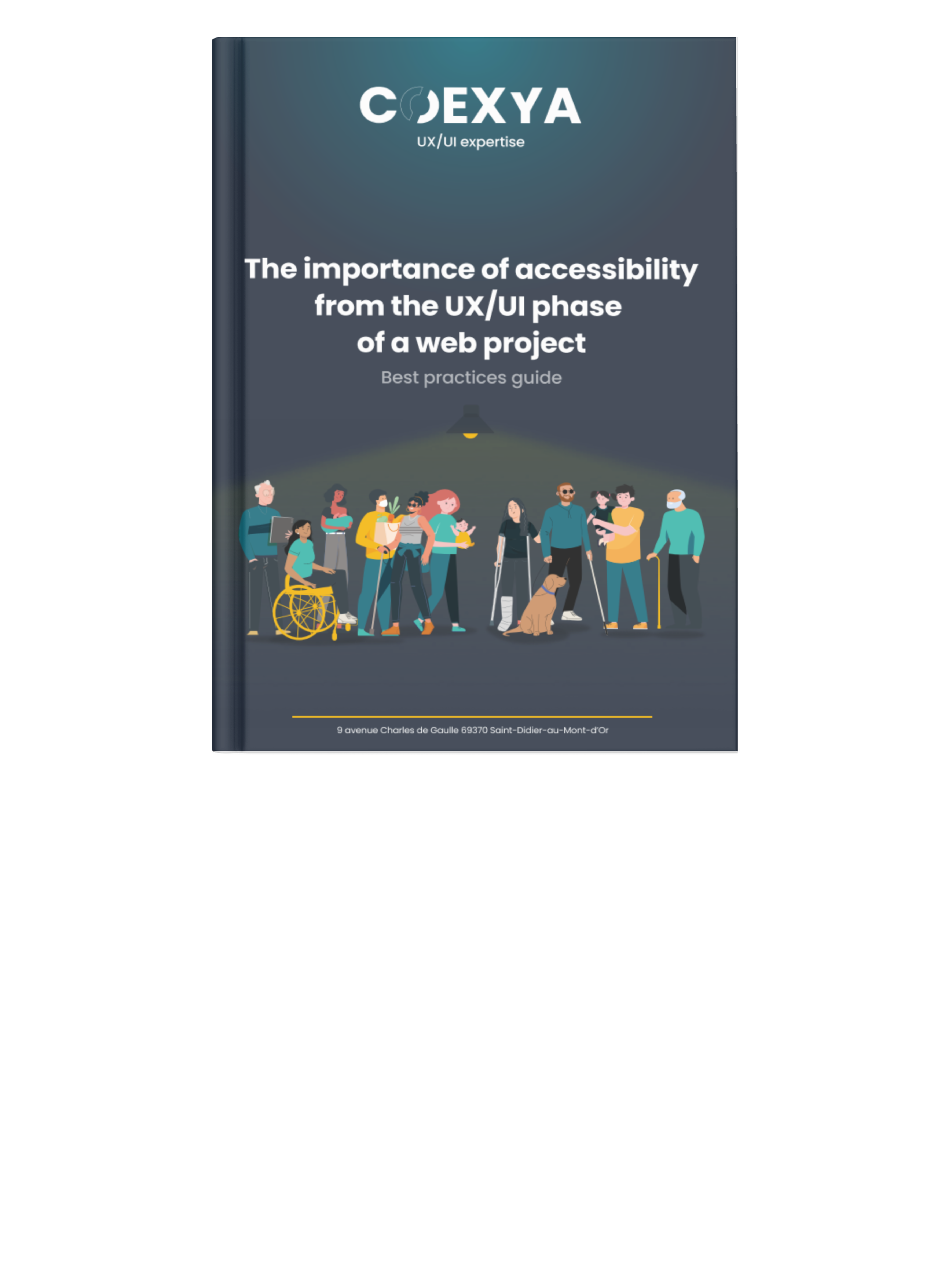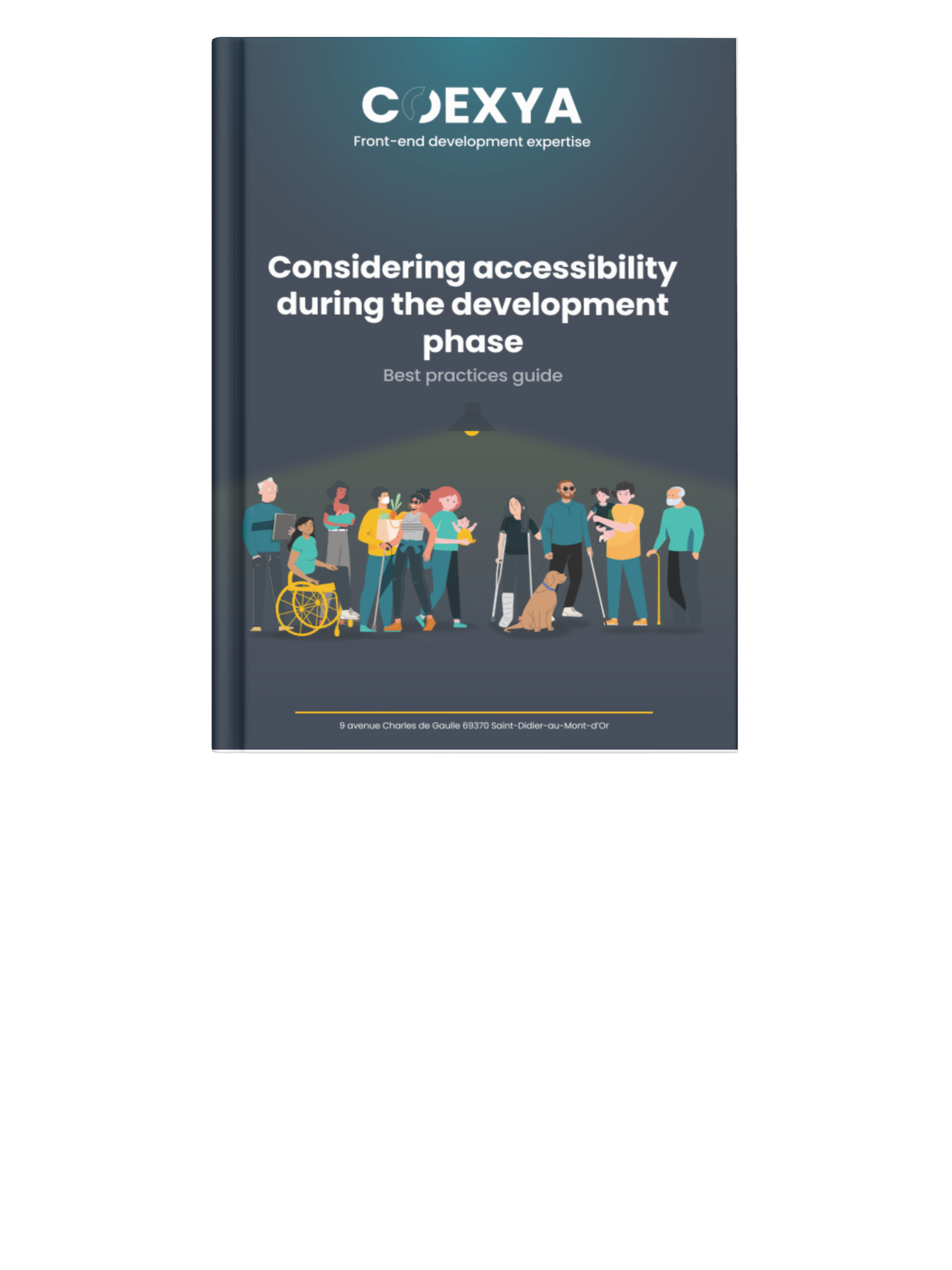UX & UI Design : user satisfaction as a success factor for your projects
How to implement an efficient UX Design methodology?
Why think “user” in a UX&UI design strategy?
More than 2/3 of projects fail due to lack of user approval*. Gathering the business needs and constraints of users as early as possible in the development of a project and consulting them regularly during its implementation, ensures that a tailor-made tool is created and that the experience is pleasant.
Creating a tailor-made tool and offering a pleasant experience for users requires a collection of their needs as well as an in-depth analysis of the business constraints. Including the user throughout the creation process is one of the keys to a successful project.
*Forrester Research Study – Report « rich Internet Application Errors to avoid” 2008
Implementing a UX Design methodology to meet everyone’s expectations
We help you get to know and collaborate with your users to deliver an experience they can relate to.
To meet all project expectations, we base the experience improvement strategy on 3 pillars:
- The project owner’s objectives
- Technical constraints and opportunities
- The needs of the users

Coexya develops a user-oriented interface design method in 3 steps
-
01
Listen to your employees
Objectives: Identify your users, their needs, frustrations, expectations and habits. Establish a strategy for improving the user experience.
Methods :
- Heuristic audit
- User interviews
- Focus group
- Questionnaires
- Persona
- Empathy card
- Services blueprints
- User pathways
Results: UX strategy
-
02
Find THE right idea
Objectives : To devise the most suitable solution through collaborative and iterative work with users, the business and the IT department.
Methods:
- Brainstorming
- Gamestorming
- How might we
- Sketching
- card sorting
- Votes
Results :
- Wireframes
- Prototypes
-
03
Create an identity
Objectives : Customisation of the solution’s graphic universe in compliance with ergonomic standards and criteria
Methods:
- Visual language
- Mood board
- Visual identity
Results:
- Design of the main screens
- Prototypes
- Design System

Our iterative process ensures optimal efficiency of user experience design
At each stage, our experts take the time to evaluate, test and improve, to arrive at the best possible result. This iterative approach guarantees a gain in productivity.
Inclusive design for people with disabilities
We make your solution accessible to people with disabilities and extend this to all other users. We solve problems that may be related to situational or temporary disabilities, such as loss of network or limited access to the microphone. This is accompanied by technical development in line with the RGAA standards.
The importance of accessibility in the UX/UI phase of a web project
A practical guide to inclusive projects!
This guide is designed to raise awareness among designers, developers and decision-makers of the importance of making websites and mobile applications accessible to everyone, including people with disabilities.
It contains recommendations and best practices for ensuring optimum accessibility, improving the user experience and complying with legal obligations in terms of digital accessibility.


Taking accessibility into account during the development phase
Ensure an Inclusive Experience
This essential document offers detailed recommendations and specific best practices for website and mobile application developers.
Learn how to integrate accessibility into every stage of your project to create inclusive user experiences that comply with accessibility standards. This guide will help you make accessibility a priority in your developments.
Watch the video and find out how to improve the experience of all your users
Video presenting the importance of accessibility from the UX UI phase of a web project
Discover how to improve the experience of ALL your users
Why is accessibility important?
15% of the world's population has some form of disability
Source World Health Organization - ‘World Report on Disability’.
Why include it in your project
Improve the user experience for all users
Compliance with legal obligations in terms of digital accessibility
Improve your brand image and your company's reputation
Improve the visibility and influence of your website or application
Integrating accessibility into the UX UI phase means taking these parameters into account beforehand.
Typography, information hierarchy, understandable and readable text, contrast, use of ARIA (Accessible Rich Internet Applications) attributes, keyboard navigation, adaptability to assistive technologies (screen readers, etc.), use of alternatives.
Our methodology: discover, define, design, prototype, test, deliver
Several types of disability:
• Auditory disability (deaf, hard of hearing, etc.)
• Cognitive disabilities (amnesia, fatigue, first use, etc.)
• Motor disability (broken arm, tremors, etc.)
• Visual disability (visually impaired, colour blindness, etc.)
Here are a few examples:
• Visual disability (visually impaired, colour blindness, etc.) - solution: screen reader, adapted contrasts, etc.
• Motor disability (broken arm, tremors, etc.) - solution: keyboard navigation
• Hearing impairment (deaf, hard of hearing, etc.) - solution: subtitles and transcriptions
And there are so many other cases to take into account!
Want to find out more about accessibility? Download our white paper!

